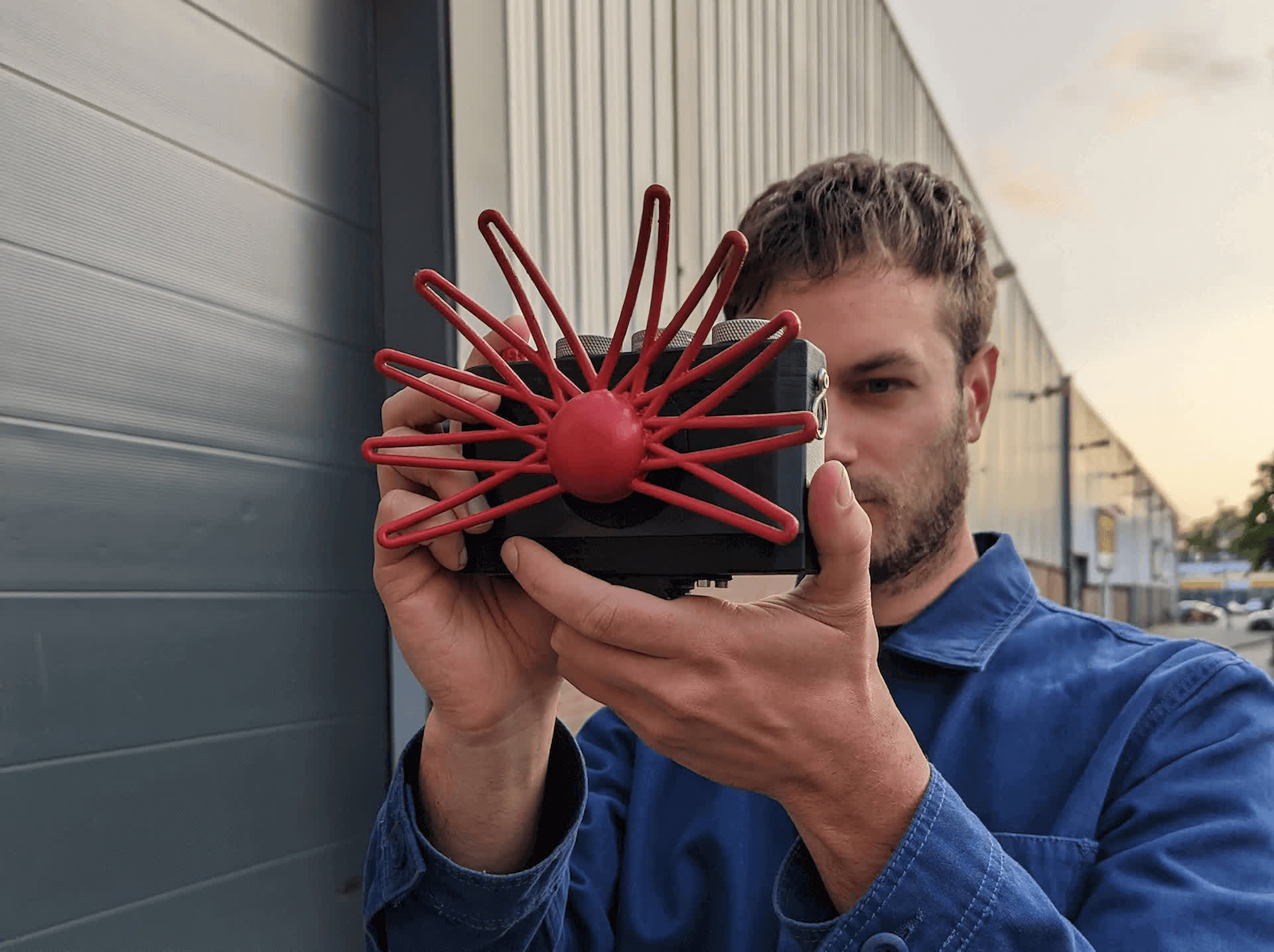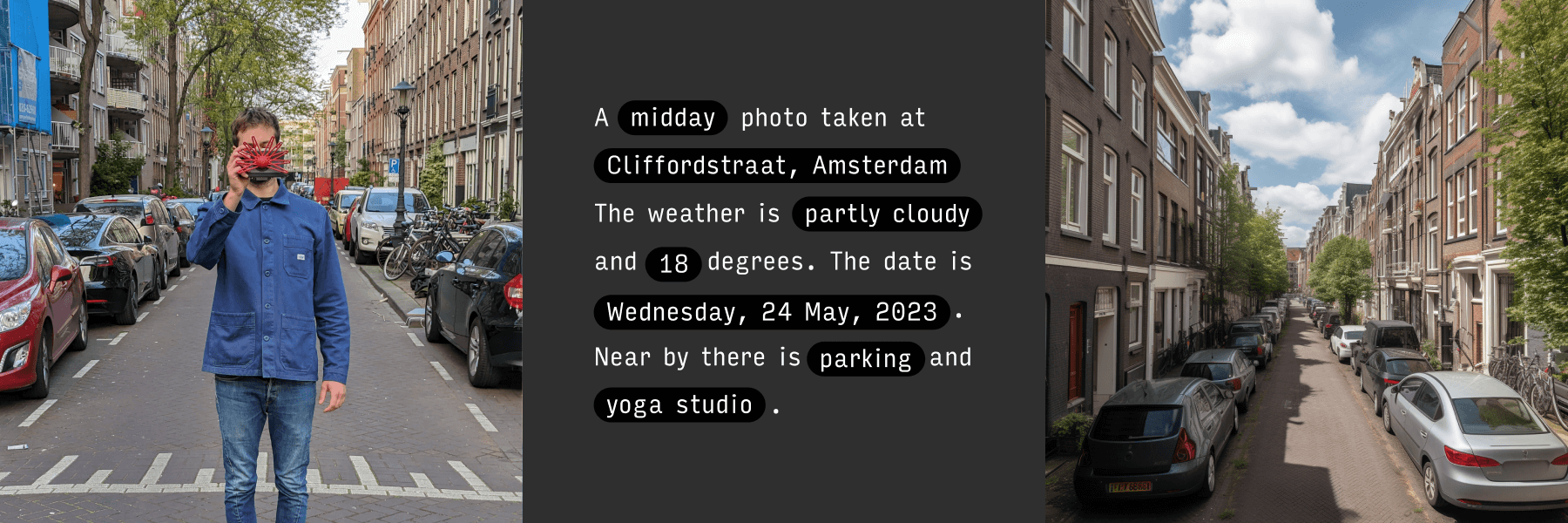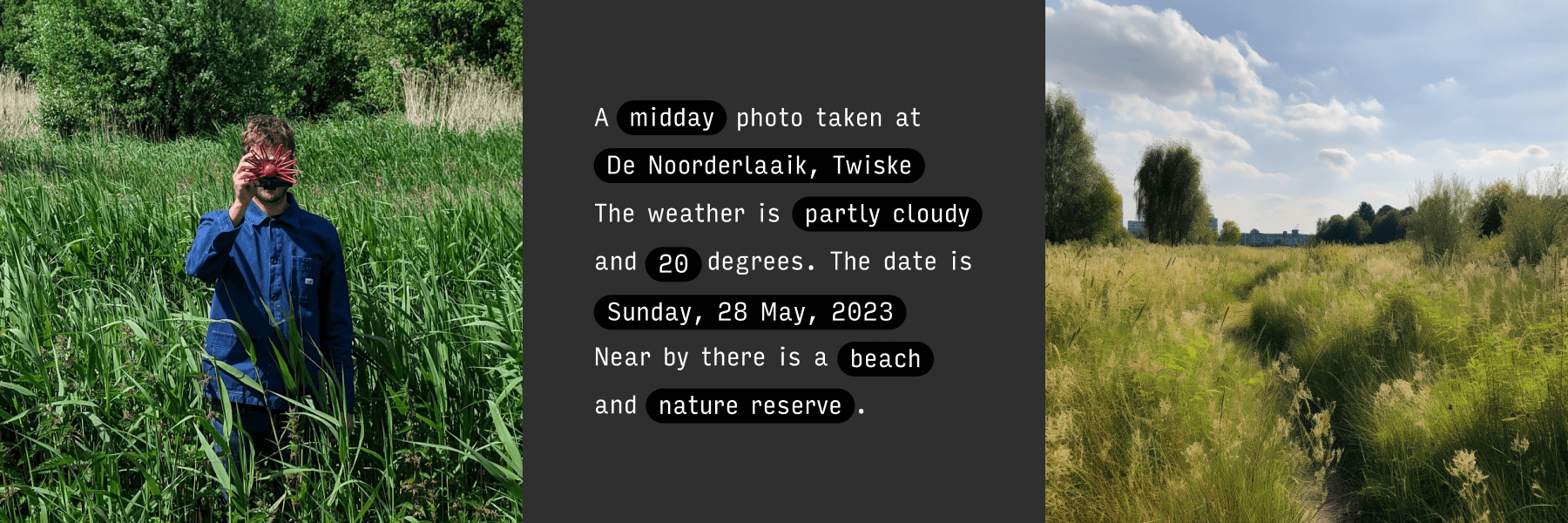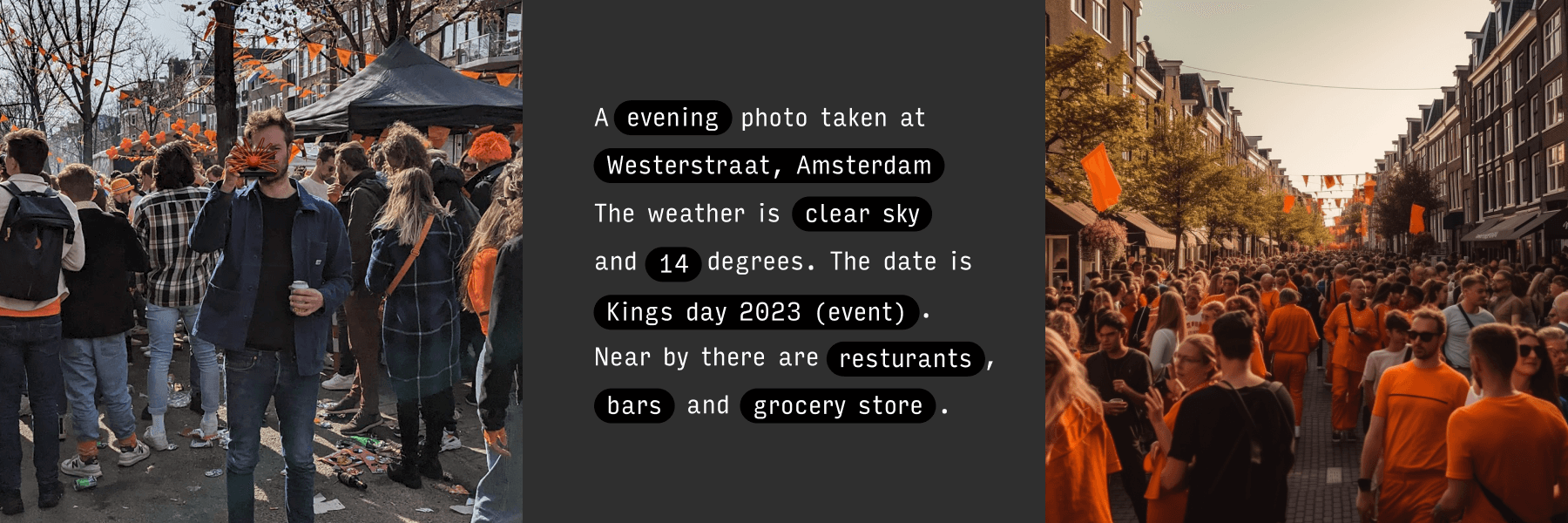Forward-looking: The AI revolution is still in its infancy but is already inspiring products and ideas that nobody had even thought of until now. Case in point is Paragraphica, a quirky camera that uses location data and artificial intelligence instead of traditional optics to generate images.
Paragraphica is the brainchild of Bjørn Karmann. The first thing you'll notice is it doesn't have a lens because it doesn't need to see the scene. Instead, the camera uses open APIs to collect data about its location including the address, nearby places, the time of day, and even the weather. Gathered data is used to craft a descriptive paragraph of the scene, which can be tweaked using three dials on top of the camera.
Introducing – Paragraphica! �"��"�
– Bjørn Karmann (@BjoernKarmann) May 30, 2023
A camera that takes photos using location data. It describes the place you are at and then converts it into an AI-generated "photo".
See more here: https://t.co/Oh2BZuhRcf
or try to take your own photo here: https://t.co/w9UFjckiF2 pic.twitter.com/23kR2QGzpa
The left dial is similar to the focal length of an optical camera but instead controls how near or far the camera searches for data to include. The middle dial is a noise seed for the AI image diffusion process. Sticking with the traditional camera analogy, the third dial adjusts the aperture – how sharp or blurry the resulting image is. In this case, it controls how tight or loose the AI follows the paragraph to create the final image.
Paragraphica exists both as a physical prototype and a virtual camera that you can take for a spin online. The physical version is based on a Raspberry Pi 4, a touchscreen display, a 3D printed housing, and other custom electronics.
Karmann used Noodl to build the web app that sits between the camera and the various APIs to gather location data. Python was used to write code, and Stable Diffusion handles image creation. Karmann said the photos never look exactly like where he is, but they do capture some of the moods and emotions in an uncanny way.
How to Run Stable Diffusion on Your PC to Generate AI Images
Traffic to Karmann's site is through the roof right now, so you may have to check back later to try the virtual shooter.



